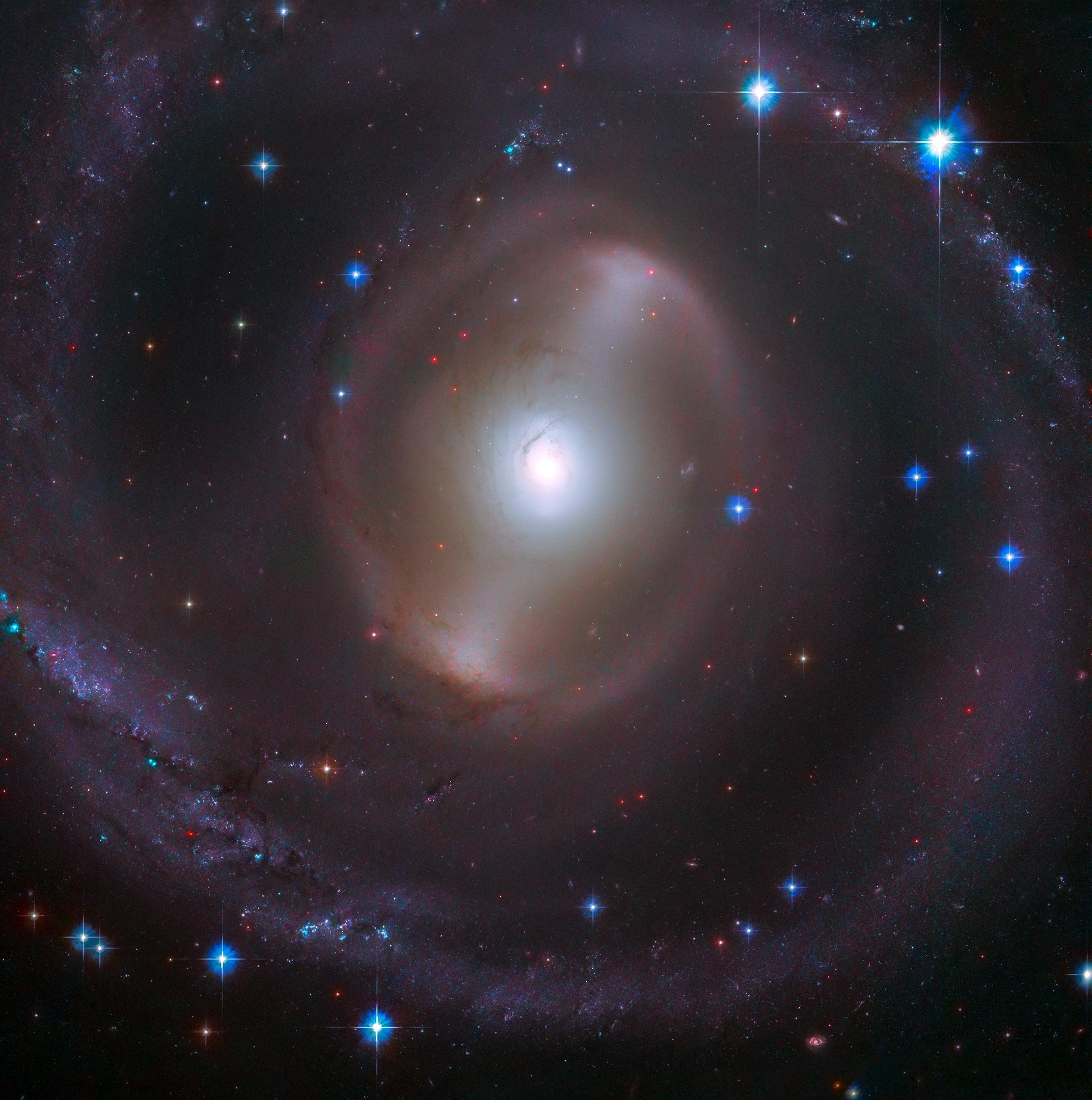
This bright ray of light captured by the Hubble Space Telescope is the magnificent central bar of NGC 2217, a spiral galaxy in the Canis Major constellation. Credit: ESA / Hubble & NASA, J. Dalcanton, Recognition: Judy Schmidt (Geckzilla)
The magnificent central bar of NGC 2217 (also known as AM 0619-271) shines brightly in the constellation Canis Major (The Greater Dog), in this new image that the NASA/ ESA Hubble Space Telescope. About 65 million light-years from Earth, this spiral galaxy is similar to ours Milky Way at 100 thousand light years left. Many stars are concentrated in the central region and form the light bar, surrounded by a set of tightly wound spiral arms.
The central bar in these types of galaxies plays an important role in their evolution, helping to divert gas from the disk in the center of the galaxy. The transported gas and dust are then formed into new stars or fed to the supermassive black hole in the center of the galaxy. With a weight of a few hundred to more than a billion times the mass of our sun, there are supermassive black holes in almost all major galaxies.
This image was colored with data from the Panoramic Survey Telescope and Rapid Response System (Pan-STARRS).

Canis Major Chart. Credit: IAU and Sky & Telescope Magazine (Roger Sinnott & Rick Fienberg) CC BY 3.0
